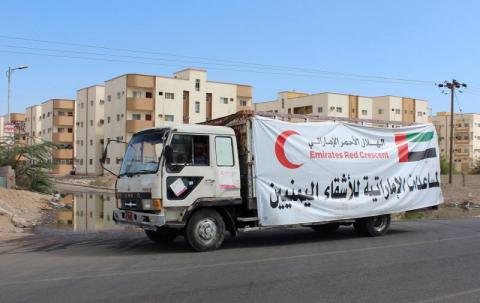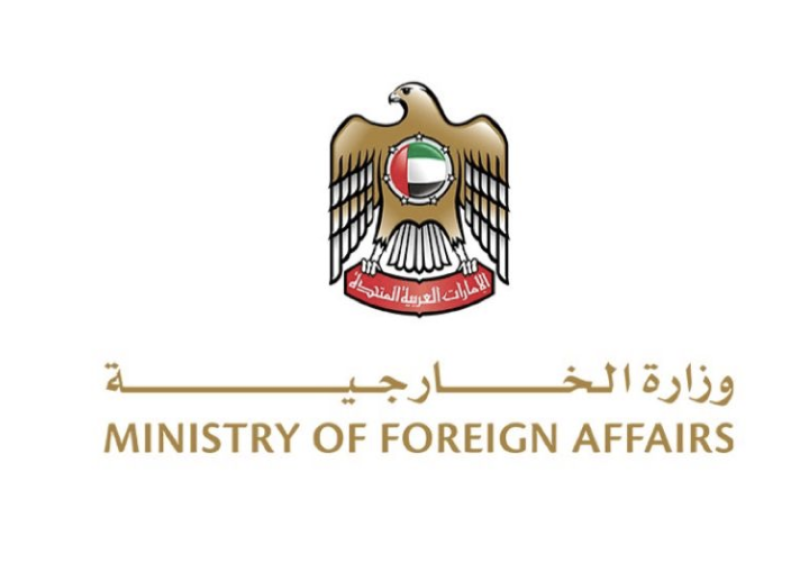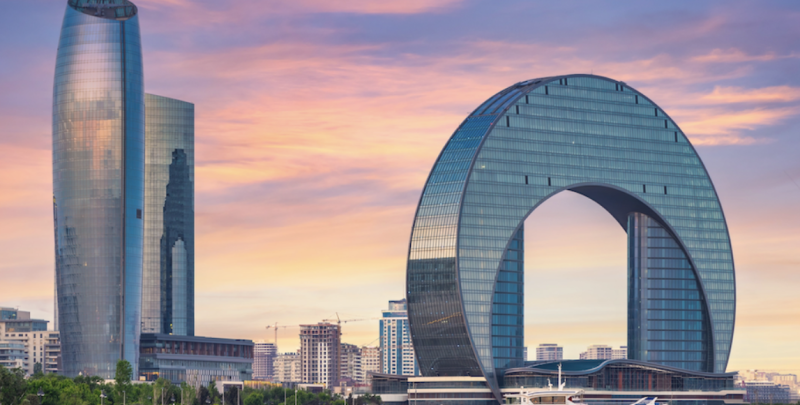Discover the Old City of Sanaa, Yemen


You will often hear about Yemen on television, but for all the wrong reasons.
The country has been constantly in the news since it plunged into war after the Iran-backed Houthi group seized the capital Sanaa in late 2014, triggering one of the world’s biggest humanitarian crises.
Before then, many would have heard about Yemen for the first time from Friends, considered to be one of the best television sitcoms of all time. But unlike Chandler Bing, one does not need to be running away from an annoying girlfriend to want to visit the country.
The Arab Peninsula’s poorest country is one of the region’s richest in history and heritage and home to some of the world’s earliest civilisations and most ancient kingdoms.
The Old City of Sanaa is one of the oldest cities in the world. Meaning ‘fortified palace’, it remains one of the greatest treasures of Arabia. According to legend, it was founded by Shem, one of the three sons of the Prophet Noah.
Defined by distinct rammed earth and burnt brick tower-houses, the walled city has been inhabited for over 2,500 years and is home to the ancient pre-Islamic fortress of Ghumdan, a 20-story palace believed to be the world’s first ever ‘skyscraper’.
As you step through the iconic ‘Yemen Gate’, the only one of the city’s seven historic gates left standing, you will feel as though you have taken a step back in time.
Like an elaborate work of art in an expansive open-air museum, more than 6,000 houses built before the eleventh century lie within the old city walls, tucked close together and connected by a comprehensive network of narrow streets and alleyways.
The city has remarkably retained its historical ambience and splendor over the centuries and remained unspoiled by modern architecture, maintaining a comfortable rhythm between its traditional architectural fabric and the requirements of modern life.
Charming in their simplicity and homogeneity, the various fired-clay buildings adorned with intricate geometric patterns and striking white detailing reverberate the city’s vast religious and cultural tradition influenced by its Arab, Islamic as well as Jewish heritage.
The ancient city used to be a major commercial hub in southern Arabia and an important religious centre for Jews and Christians. In the seventh and eighth centures, it became a dominant site for the propagation of Islam after its conversion into the religion by Ali Ibn Abi Talib, the fourth caliph and son-in-law of the Prophet Muhammad (PBUH).
Sanaa soon became home to the Great Mosque, the first mosque to be built outside the holy cities of Makkah and Madinah. It is believed to have been built during the lifetime of the Prophet Muhammad.
In 1986, the Old City of Sanaa was listed as a UNESCO World Heritage Site.
At the heart of the Old City and at its highest point lies the four-star Burj Al-Salam Hotel, once buzzing with guests who would come from all over the world to experience a taste of the Yemeni lifestyle and view the city from the lodge’s panoramic terrace at the tenth floor.
Unrest gripped the country since the Arab Spring swept the region in 2011, leading to intensified infighting between the Iranian-backed Houthi group and the country’s internationally-recognised government in 2014.
A Saudi-led military coalition launched an offensive in 2015 in support of the internationally-recognised government. Since then, the fighting has claimed the lives of tens of thousands of people, damaged much of the country’s archeological heritage and pushed Yemen to the brink of famine.
Yemen’s heritage sites were placed on the List of World Heritage in Danger as a result.
As though the Old City of Sanaa has not seen enough destruction and neglect due to war and conflict, recent floods and heavy rains have also led to the collapse of some 111 of its historical buildings, including the home of Yemen’s most famous poet, the late Abdullah Al-Bardouni.
The country has not seen much in the way of tourism since fighting began. Today, world governments warn against any travel to Yemen.
But despite all the devastation that befell Sanaa over the centuries, the Old City has endured through eras of political turmoil and natural disasters. While Yemenis today are struggling economically and cannot afford to buy even basic necessities, Yemeni craftsmen and merchants continue to inject life into the city’s souks with the colours, sounds and aroma of Yemen’s finest spices, coffee, dates, jewellery and the famous traditional ‘Jambia’ belted daggers, with the hopes that one day peace and stability will be restored to the war-torn country and its hospitable and friendly locals can once again flaunt their heritage to visitors and show off to the rest of the world what this marvellous country has to offer.

Dubai - The United Arab Emirates welcomed the announcement by the Syrian government on reaching a roadmap to resolve the crisis in Suwayda governor…

Muscat – The U.S. Federal Bureau of Investigation (FBI) has issued a federal arrest warrant for Omani citizen Mahmood Rashid Omar Al-Habsi, a…

ADQ, the UAE-based sovereign investor focused on critical infrastructure and global supply chains, and Azerbaijan Investment Holding (AIH) have sig…